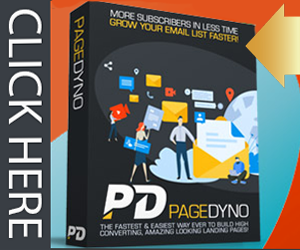‘The future of paid voice search and monetizing the map’ – Search Engine Land
Brian Smith says, “Last year, Google introduced local search ads and promoted pins to wring a few extra dollars out of Maps. By extra, I mean potentially an additional $1.5 billion in 2017 alone. Maps inherently have local intent; local intent has a high likelihood for conversion. No surprises there.
But ads run counter to a quality user experience.
We as advertisers can perform all the mental gymnastics we want, but the truth is, ads are a nuisance. Especially on maps. When you’re looking for a location, the last thing you want to see is a map resembling a pincushion or a shotgun’s scatter pattern. Striking the right balance between organic and paid listings is critical.
Unfortunately, as the screen size shrinks, the challenge of balancing paid and organic gets magnified on the map. On desktop, there aren’t so many paid ads that you can’t find organic listings. In fact, it’s almost a happy compromise. You get to use Google’s mapping services for free; Google gets to turn a profit. Fair deal.
With mobile devices, populating local searches with ads becomes less user-friendly. Paid ads shove organic listings toward irrelevancy, and small businesses can’t always afford to pay for those critical ad spots. Still, it’s workable”.
Comments are closed.




